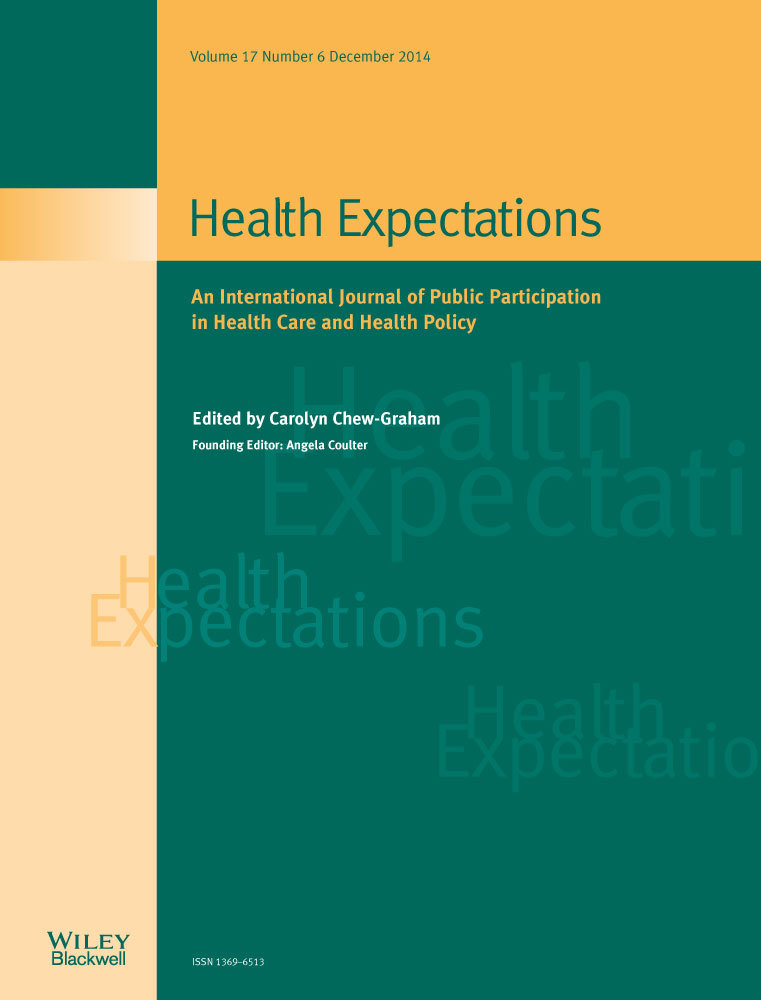‘The missing links’: understanding how context and mechanism influence the impact of public involvement in research
Abstract
Introduction
It is now more widely recognized that public involvement in research increases the quality and relevance of the research. However, there are also more questions as to exactly how and when involvement brings added value.
The nature of the current evidence of impact
Based on the findings of recent literature reviews, most reports of public involvement that discuss impact are based on observational evaluations. These usefully describe the context, the type of involvement and the impact. However, the links between these factors are rarely considered. The findings are therefore limited to identifying the range of impacts and general lessons for good practice. Reflecting on the links between context, mechanism and outcome in these observational evaluations identifies which aspects of the context and mechanism could be significant to the outcome. Studies that are more in line with the principles of realistic evaluation can test these links more rigorously. Building on the evidence from observational evaluations to design research that explores the ‘missing links’ will help to address the question ‘what works best, for whom and when’.
Conclusions
We conclude that a more intentional and explicit exploration of the links between context, mechanism and outcome, applying the principles of realistic evaluation to public involvement in research, should lead to a more sophisticated understanding of the factors that increase or decrease the likelihood of positive outcomes. This will support the development of more strategic approaches to involvement maximizing the benefits for all involved.




